The Danger of Toxic Mold: 4 Horrifying Toxins (Mold Spores) to Avoid
The Danger of Toxic Mold: 4 Horrifying Toxins (Mold Spores) to Avoid
Overview:
Have you ever heard about “toxic mold” that grows in buildings and homes? There are a lot of reasons why you should keep that toxic mold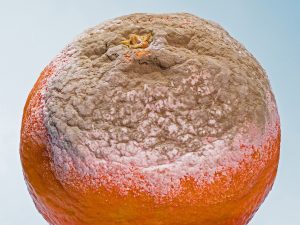
What is Toxic Mold?
The term “toxic mold” is used for species of fungi capable of producing toxins, especially mycotoxins. Inhaling harmful mold for a long period can irritate your respiratory system (1).
Mold, or so-called toxic mold, has been the subject of several lawsuits and rising health concerns in recent years.
However, the scientific reasons for mold are technical and complex; many myths or misconceptions about poisonous molds and their hazards have slipped into the public consciousness. These myths and misconceptions are only adding to the widespread fear of mold in schools, at home, in the workplace, and everywhere.
Landlords, contractors, homeowners, home builders, and others can be held legally for personal injury and property damage caused by toxic mold.
Side Effects of Inhaling Toxic Mold
People with allergies may be more vulnerable to mold. Fungal infections are more common in those with underlying lungs disease or immune suppression. Breathing difficulties can occur in people who have a chronic respiratory illness e.g. asthma, chronic obstructive pulmonary disease (2).
Where Does this Toxic Mold Grow?
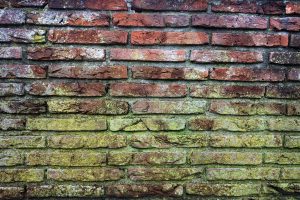
Toxic mold also thrives in wood products and wood, ceiling tiles, cardboard, and drywall. Mold grows in fabric too, such as upholstery and carpets.
It may get into your ventilation system and subsequently into the air your family breathes as it develops, and it will spread from there.
How Toxic Mold Travels?
Toxic mold travels in different types of ways, including through ventilation systems, heating, air conditioning, or open doors. It can be carried indoors on clothing or shoes or can be brought inside by pets.
<<<Boost Your Immune System with Immune Charge>>>
Types of Molds
The following are the most prevalent molds whose spores might cause allergic reactions and other serious health issues: (
Aspergillus
This type of mold grows worldwide and is the most commonly occurring toxic mold in hospitals. It can trigger an allergic reaction in most people. Because aspergillus is so common, it’s almost difficult to avoid inhaling some of its spores.
Breathing aspergillus is not dangerous to most persons with good immune systems. When breathed by those who are immunocompromised, have a lung ailment such as COPD, or have asthma, a few species of the genus can cause significant sickness.
Aspergillosis refers to the wide spectrum of health problems that aspergillus may cause. Inhaling spores of the aspergillus fumigatus species can cause severe allergic reactions in
certain persons.
Stachybotrys Chartarum
This greenish-black mold grows in chronically wet areas. The deadliest toxin is produced by Stachybotrys chartarum. It has been linked to minor diseases such as hay fever to serious diseases like pulmonary edema, liver damage, nerve or brain damage, and even death.
It can cause serious illness in infants too. Some symptoms that are associated with exposure to Stachybotrys include eye irritation, respiratory issues, sore throat, chronic fatigue, sinus, and nasal congestion, hacking cough, aches and pains, and central nervous system issues.
Cladosporium, Fusarium, Penicillium
Cladosporium is one of the most widespread molds. Its spores can behave as allergens, causing allergic reactions in those who are vulnerable to them. Wet building materials such as acrylic painted walls, wallpaper, wood, mattress dust, gypsum board, and wet insulation in mechanical cooling units are all grow Cladosporium. Severe cases of Cladosporium may produce emphysema and pulmonary edema.
Fusarium and penicillium are connected to illnesses such as asthma and liver, kidney, and lungs infection. Fusarium can also cause gastrointestinal illnesses and even illnesses that affect the reproductive system of females.
Alternaria
It is the most common type of outdoor mold, and its spores are a common allergen. This type of mold often appears as dark gray spots. They can grow indoors, especially on damp surfaces with a source of food such as wood.
The common types of Alternaria are A.alternate and A.tenuissima. A. Alternate is found growing on indoor materials if they are wet: tiles, plaster, bricks, iron, canvas, paper, and wallpaper.
How Can You Keep Toxic Mold Out of Your Buildings and Homes?
As a part of normal building maintenance, inspect structures for signs of water damage and visible mold. To avoid mold growth, correct circumstances that cause mold growth (condensation, water leaks, flooding, or infiltration) (4).
You can control mold growth inside your home by:
- Ventilating laundry, shower, and cooking areas
- Properly drying and cleaning after flooding
- Promptly fixing windows, leaky pipes, and roofs
- Controlling levels of humidity
The best thing a homeowner can do is prevent mold. Use suitable safety equipment such as a mask, and cover your whole body, and don’t take the chance of being exposed to dangerous spores.
If the issue is larger than you can handle or you have health issues, it’s best to approach a professional for that.
Professional air duct cleaning is also an excellent way to improve your home’s indoor air quality, which will help you to remove dust, mold, and other impurities from the ductwork of your heating and air conditioning system.
Final Thoughts
Toxic molds are very dangerous when allowed to grow inside your home or building. Proper precautions must be followed to prevent their spread.
These measures include eliminating every material that feeds the molds such as old renovation materials left in the basement. And don’t try to figure out what type of mold is present in your house or building. Contact a professional for this work and consult your family doctor to test any mold colony you may find.
References:
- Hope, Janette. “A review of the mechanism of injury and treatment approaches for illness resulting from exposure to water-damaged buildings, mold, and mycotoxins.” The Scientific World Journal2013 (2013). https://www.ncbi.nlm.nih.gov/pmc/articles/PMC3654247/
- Weinhold, Bob. “A spreading concern: inhalational health effects of mold.” (2007): A300-A305. https://www.ncbi.nlm.nih.gov/pmc/articles/PMC1892134/
- Borchers, Andrea T., Christopher Chang, and M. Eric Gershwin. “Mold and human health: A reality check.” Clinical reviews in allergy & immunology 52.3 (2017): 305-322. https://pubmed.ncbi.nlm.nih.gov/28299723/
- Hardin, Bryan D., Bruce J. Kelman, and Andrew Saxon. “Adverse human health effects associated with molds in the indoor environment.” Journal of Occupational and Environmental Medicine 45.5 (2003): 470-478. https://pubmed.ncbi.nlm.nih.gov/12762072/




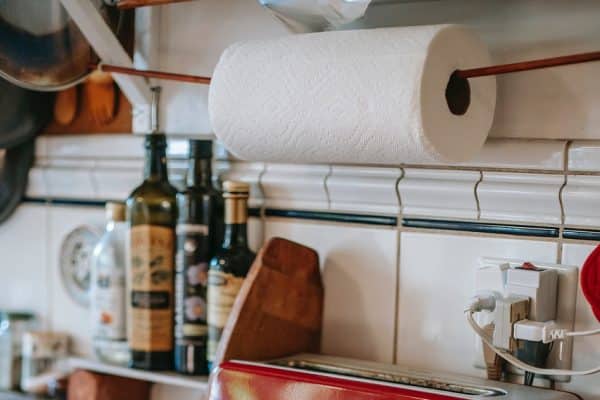



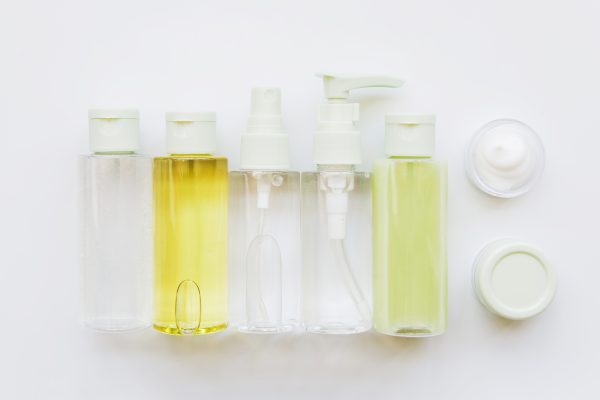
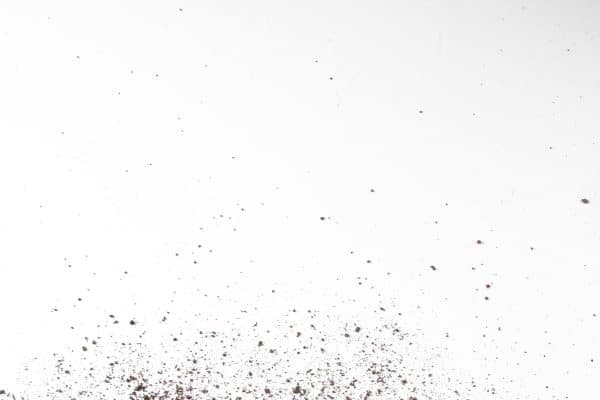

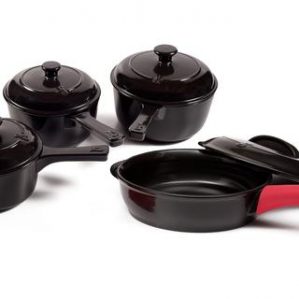
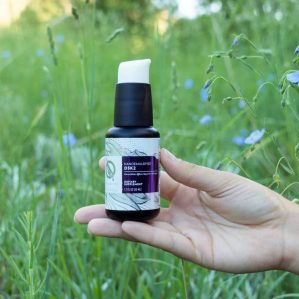
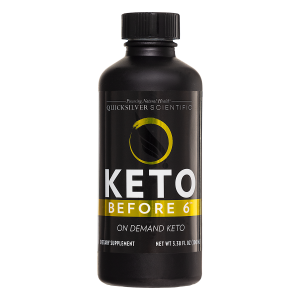
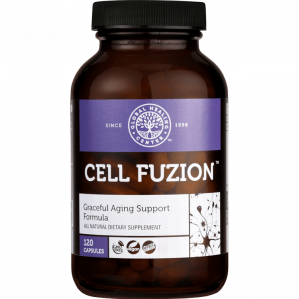
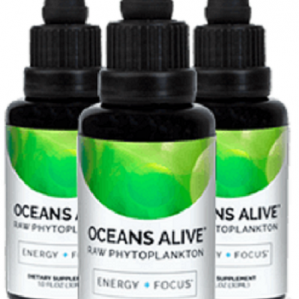











0 Comment